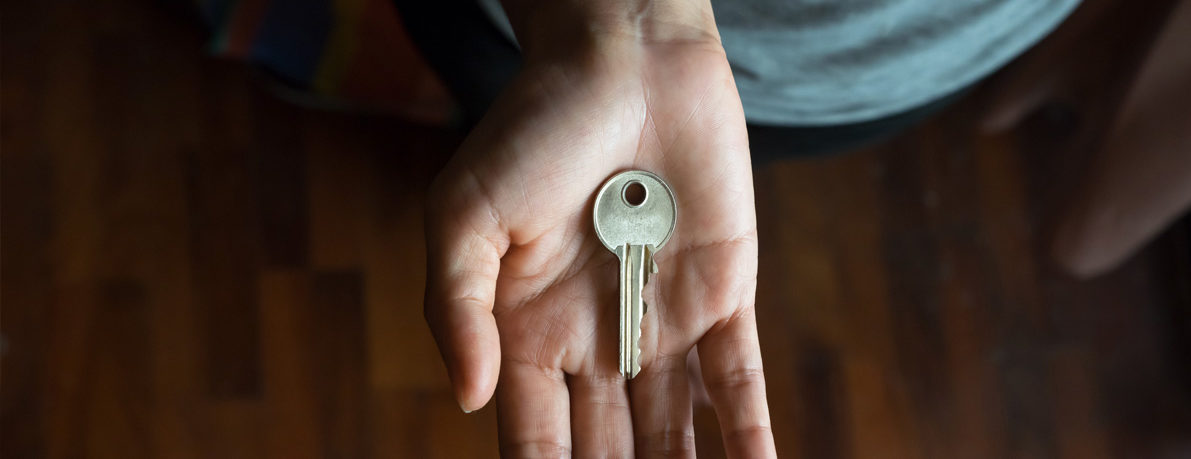This blog post is collectively written by people with lived experience of homelessness in Los Angeles: Suzette Shaw (Poetess, Skid Row From A Woman’s Perspective; Mental Health Peer Advocate, MHA; California Black Women’s Health Advocate), Antoinette Ortega (CEO of A Plus Television Inc.), Tom Grode (Formerly homeless; advocate; artist; strategist), Angela De Los Santos (Advocate; formerly homeless; street outreach; street outreach manager; sexual assault and DV survivor), Ron Smith, and Lorinda Hawkins Smith.
Here’s what we know as people who have experienced homelessness on Skid Row – as people who have been among those living on the streets and inside tents:
- During a pandemic like COVID-19, people experiencing homelessness need immediate housing. If housing is not available, then they need shelters and community centers to help meet their needs. Things like personal protective equipment (PPE), laundry services, access to water and health insurance would go a long way for people experiencing homelessness during these trying times.
- Many people experiencing homelessness are afraid of getting sick, but being on the street, they forget about being safe when it comes down to survival. They pick up and accumulate items from the street, they recycle without using gloves and they share things with each other – sharing a cigarette or a bottle can, obviously, be risky.
- Some organizations have had their boots on the ground and are encouraging social distancing, even if its smaller steps like separation by three feet and mask wearing among other things. Hopefully, these providers on the frontline will receive all the help they need from all levels of government – people experiencing homelessness are depending on them during the pandemic and beyond.
- The pandemic has also hit people who have been housed. Some of our friends have lost their housing. Even though there is a moratorium on evictions, some people feel pressured to leave if they cannot make rent due to a loss of income and/or loss of roommate.
- The racial disparities we are seeing among people experiencing homelessness are also deeply concerning – the intersectionality of race, age and homelessness make people of color even more susceptible to COVID-19 and death. People experiencing homelessness in general are vulnerable since they typically lack access to things like hygiene and water, but couple that with underlying factors that overly burden people of color, particularly Black people, the risks for them are even greater and require an intentional response.
- A COVID-19 meme resolves not to “go back to normal,” yet for people experiencing homelessness there isn’t a normal to go back to. Our pre-COVID-19 existence was not normal other than the fact that we as a society have normalized things like inequity and every possible struggle that comes along with it. Our goal should not be to return, but to improve systems so they are both humane and just for everyone.
- Policies that should be considered moving forward are those that help keep people housed and safe once they are housed. Communities should work together to ensure that building units and new projects are set aside for affordable housing. Although the country is in the midst of a pandemic and racial turmoil, we should use this opportunity to develop real solutions to ending homelessness and racial disparities.

